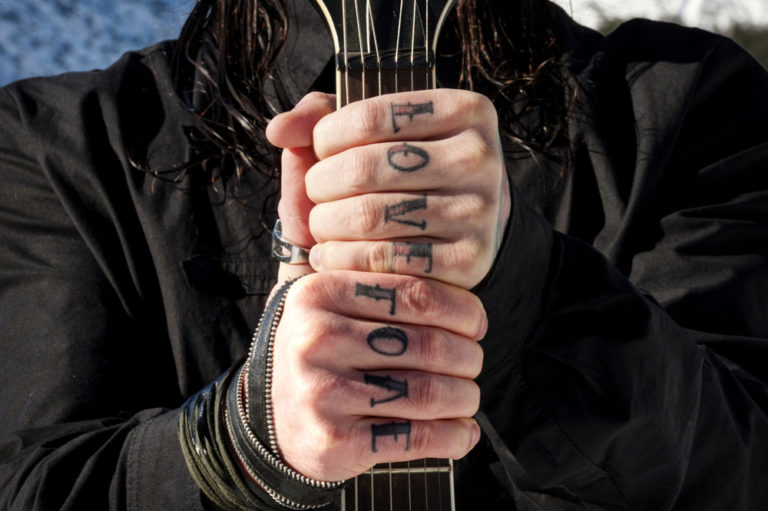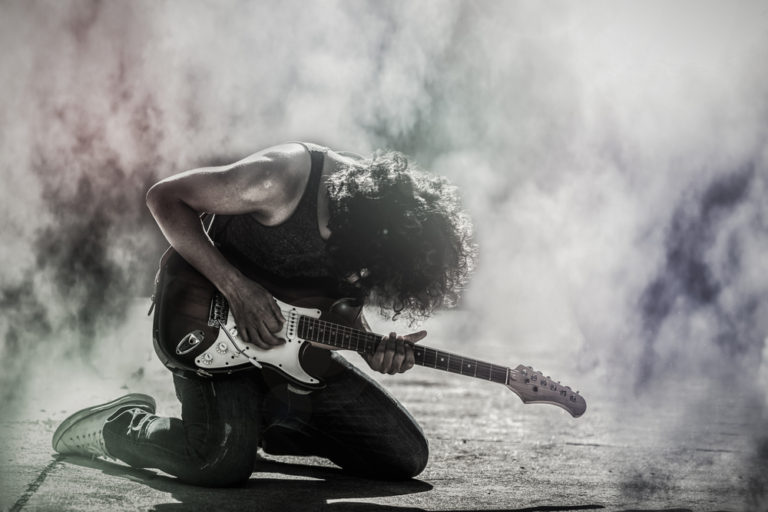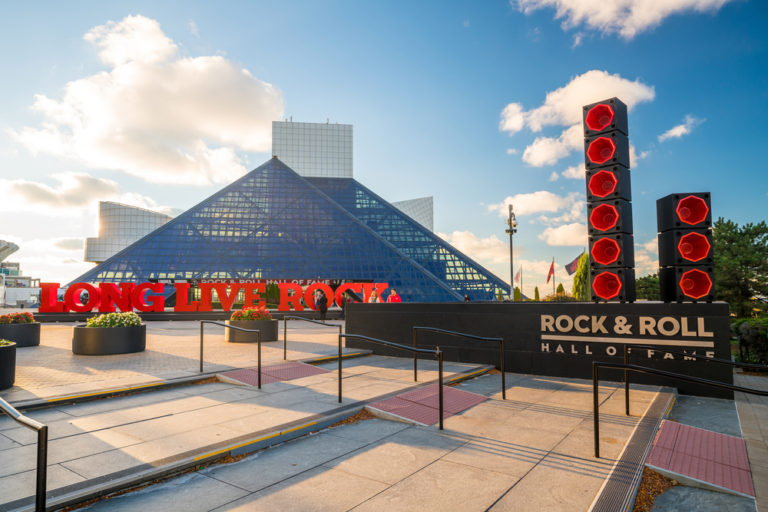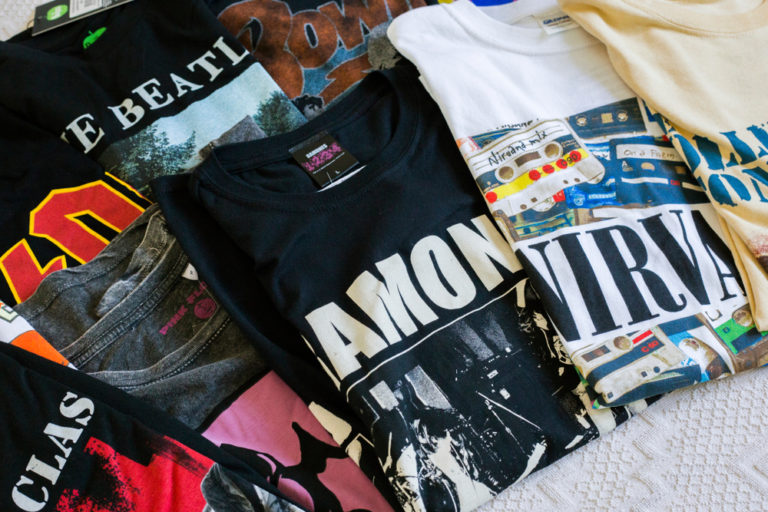Why Do Rock Bands Have Long Hair?
Whenever you think of a rock band, you would typically picture a collection of artists sporting long hair rather than the short, neat cuts that tend to be more popular in general society. So why do rock bands tend to have long hair? What’s behind this fashion trend, and how has it evolved over the years?
Long hair has been rooted in rock culture, or as a symbol of counter-culture, since the 1960s when psychedelic rock made its way to the airwaves. Through the meteoric rise of The Beatles, the long-hair look became a fashion statement among rock fans and bands for generations.
Rock music culture has come an awful long way since John Lennon, Paul McCartney, Ringo Starr, and George Harrison first broke onto the scene more than 60 years ago. Rock music has evolved far beyond recognition from the seemingly rudimentary first iterations of the genre, such as Yellow Submarine (1969). So why has long hair persisted?
Long Hair In Rock Music Through The Decades
Even though it’s fairly uncommon to see men with long hair in your daily life, it’s almost more uncommon to see men with short hair in the rock music industry. And while it may seem odd at first, there is a very clear reason why the rock music industry norms are completely different from what they are in the outside world; it’s been the status quo for 60 years.
The 60s: The Beatles’ Global Impact On Fashion
Before the “British Invasion” of the United States pop music market in 1964, Elvis Presley was the standard-bearer for what constituted a Rock ‘n Roll star. Off-stage, he sported a clean, casual, wholesome style that audiences loved, but they also couldn’t get enough of his elaborate trousers, sideburns, loafers, and jackets on stage. However, as legendary as Elvis was, he did not fundamentally shift the industry’s fashion trends in the way that The Beatles did when they broke onto the scene in the late 50s and early 60s, before taking America by storm.
Their “mop-top” hairstyles drove audiences wild at a time when non-conformity was a hot commodity, and nothing quite said “I refuse to abide by society’s rules” like men sporting long hair. Back then, this hairstyle was an act of teenage rebellion in response to the short, smart hairstyles that had dominated all generations before the 60s.
And The Beatles weren’t the only band at the center of this counterculture movement, with The Rolling Stones, The Who, The Doors, and Led Zeppelin among a host of bands that emerged in the 1960s, amidst the anti-war, pro-peace hippie revolution that defined most of the 1960s.
Rock ‘n Roll music was at the forefront of all of this and became so big by the time the 70s came about that it needed to be divided into subcultures, which all took on different styles, sounds, influences, and fashion. But by the time The Beatles broke up in 1970, Rock bands had changed forever, and one thing still hasn’t changed since. They all seem to have long hair…

The 70s: Mullets, Dreadlocks and a Whole Lot of Grease
In the 1970s, perhaps one of the greatest fashion icons of all time, David Bowie (a.k.a. Ziggy Stardust), broke onto the scene, creating a new subculture of glam rock with his ultra-long hair and later a new style known as a Mullet. Bob Marley, meanwhile, popularized dreadlocks, while Black Sabbath’s Ozzy Osbourne and Led Zeppelin’s Robert Plant sported long, greasy locks that would soon become commonplace at rock shows everywhere.
The 1970s also saw the rise of other prominent rock bands with even more prominent hairstyles, such as Kiss, Alice Cooper, and Lynyrd Skynyrd.
The 80s: Big Hair Everywhere!
Hairstyles in Rock bands took an odd turn towards the end of the 70s, with the emergence of The Sex Pistols and the Punk Rock subculture of elaborately colored spikey hair and mohawks, before going into a phase that most people who grew up in the 1980s would probably rather forget… the “big hair” era.
With massive bands like Bon Jovi, Van Halen, The Cure, and Motley Crüe taking the charts by storm at the time, big hair was the big thing in the 80s, and the curlier it was, the better!
The 90s: Nirvana, Grunge & Goth
In the 90s, grunge rock and gothic rock dominated the music scene, with artists such as Kurt Cobain from Nirvana, Eddie Vedder from Pearl Jam, and several other bands that epitomized the fashion trends time. And, grunge rockers were very outspoken about their utter disdain for the society around them,and not only did their music convey this message, but their long hair did as well.
Long Hair & Rock Bands In The 21st Century
Since the turn of the century, Rock music has had a slightly less significant impact on general culture and has turned into a less distinguishable identity in music and fashion trends.
However, in the mid-2000s, Rock bands like My Chemical Romance, 30 Seconds to Mars, Paramore, and Fall Out Boy did give rise to one last big long-hair trend, “emo hair”.
The long, side-swept fringes worn by bands and fans in the emo music era were pretty much the last of a clearly delineated fashion trend that has permeated throughout all rock music culture.

Rock Evolves, But One Thing Remains Constant
If you look back at the history of Rock music over the last 60 years, there’s only one common theme – long hair. While emo fringes, big hair, mullets, and mop-tops have all faded in and out of style, long hair has been a popular choice for rockstars for generations.
Long hair is an expression of non-conformity, which defines what rock music is all about and the artistic expression behind it. That’s not to say that rockstars have to have long hair or that long hair is a style reserved for rock music, but beyond that, the two are practically synonymous.
For 60 years, fashion has stuck, while new fashions have evolved in and around it. But long hair is a mainstay in rock music, and it doesn’t seem to be going anywhere any time soon.
Other explanations for Why Rock Bands Have Long Hair
While the trends in hairstyle in rock music throughout the years have been well documented and are observable, there are several other reasons why it’s a preferred hair length for those donning guitars, microphones, and drumkits.
When Black Sabbath entered the scene in 1970, they also introduced us to “headbanging”, which is equally as synonymous with rock music as long hair is and requires long hair to look effective. Some people suggest that rock bands, and metal bands, in particular, have long hair so that they can headbang.
Aside from general rebelliousness and the headbanging theory, it really can’t be measured, given the countless subcultures, branches, and splinters that make up the monolith that is the rock music genre and every rock band out there. There are still plenty of rock bands out there that don’t have long hairstyles and like to keep it short and preppy. Sometimes it purely boils down to a matter of preference.
Sources
Why do metalheads have long hair? | Quora
The Evolution Of Glam Rock Fashion | Rebels Market
Hair band history: Teasing hair and playing rock ‘n’ roll | National Museum Of American History
Heavy metal fashion | Wikipedia
How Rock ‘n Roll Has Influenced Fashion Through The Ages | California Rocker
Check out the ever-changing hairstyles of rock ‘n’ roll | Red Bull








